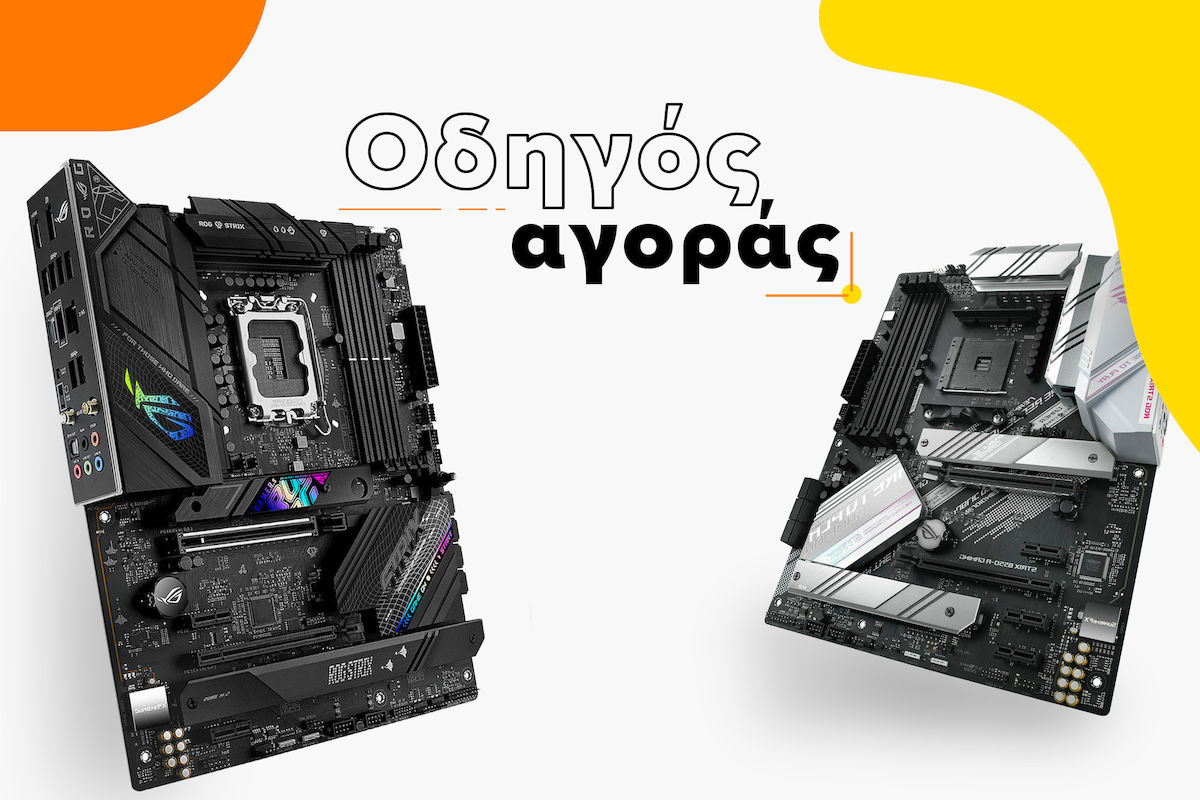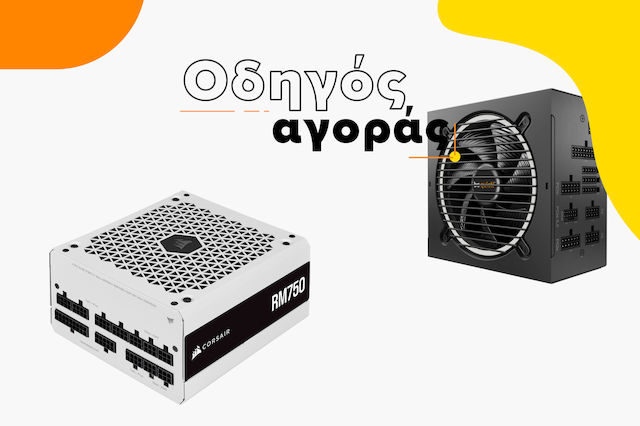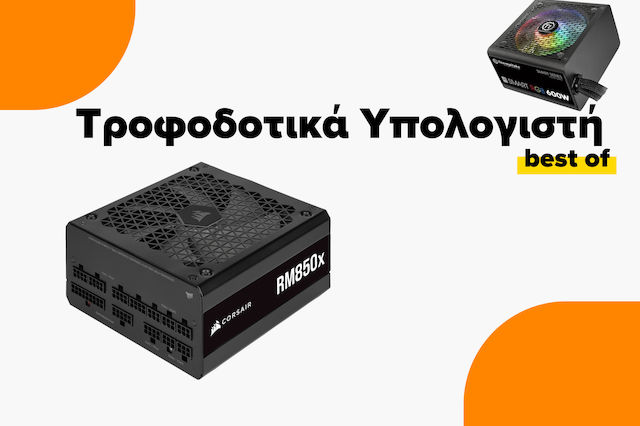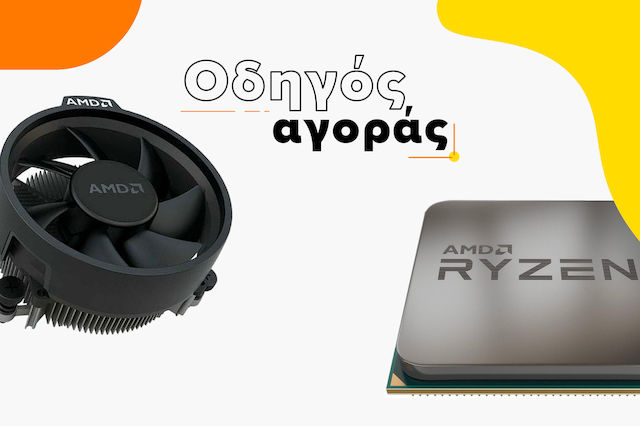Buying Guide for Motherboards
How to choose the right motherboard

The motherboard or motherboard is the central hub of the entire computer and the driving force behind all its hardware. Like a good conductor, it coordinates all the components of the machine such as RAM memory, Graphics Card, Processor, SSD, etc. to work harmoniously together.
The motherboard distributes electrical power from the Power Supply to the computer's components, providing them with the power they need to operate. It also allows all the components to communicate with each other, so that the computer can function as a unified system.
For example, if you want to open a document that is stored on your SSD, the motherboard will direct the CPU to read data from the SSD with the help of the RAM and process it, so that it can be displayed on your screen.
Regardless of their complexity, all motherboards have certain common features, such as RAM slots, PCIe slots, SATA ports, USB ports, power connectors, and audio jacks. Each type of connection ensures that different components can be easily connected to the motherboard without the need for additional cables or adapters.
Key points for choosing a Motherboard
CPU Socket or CPU Socket
The CPU socket is the point where the brain of the entire system is placed. It is designed in a way that makes it very easy to install the processor. Simply place it in the socket with the correct orientation and secure it with the lever. The processor should incorporate the same chipset as the motherboard supports. For example, processors with Socket 1700 are compatible with motherboards that support this Socket.
A secondary factor is the chipset model of the motherboard, which is accompanied by different features and is chosen according to the intended use of a computer. In this example, we can see that the compatible chipsets for Socket 1700 are Z790, B760, Z690.
Usually, the first letter, in our case Z and B, indicates a set of characteristics that the chipset has. For example, Z (790/690) characterizes high-performance motherboards that could suit Gamers and Overclockers. B (760) is aimed at more casual users and is usually more affordable.
If you are considering overclocking, you cannot choose any motherboard and processor, as the latter will need to be unlocked. For an Intel processor, make sure the title ends with the letter K, while the motherboard has a chipset with the initial Z as mentioned above. With AMD, things are simpler, as all recent generations of their processors have the relevant capability, while common chipsets such as B550 will ideally match.
Skroutz Tip: For better stability, if you plan to invest in an expensive, high-performance processor or for overclocking, pay attention to the VRM of the motherboard.
The VRM, or voltage regulator module, is crucial for controlling and "cleaning" the power of the CPU in all scenarios, which means that higher-quality VRMs are generally more suitable for high-performance processors that generate heat or require stability in overclocking.

Motherboards for Hardcore Gamers and Overclockers for AMD processors (Socket AM5)
Motherboards for Hardcore Gamers and Overclockers for Intel processors (Socket 1700)
RAM Slots
RAM slots are the points where you install RAM memory. RAM is responsible for storing information that needs to be accessed quickly. In simple terms, the larger the memory, the more tasks can be performed simultaneously and at high speed.
The most modern standard for RAM memory is DDR5, but the most common one found in most systems at the time of writing this article is DDR4. Usually, there are 4 slots that allow you to connect 4 RAM sticks.
Each motherboard specifies the maximum RAM capacity it can support, how many slots it has, and their version (DDR4 or DDR5). The latter is what interests you the most, as to achieve maximum performance, it is preferable to combine your memories in pairs (dual channel). That is, if your goal is 32GB, it is better to combine two 16GB sticks rather than one 32GB stick.
For future upgrades, it would be preferable to choose a motherboard with DDR5, as the day will come when it will become the new standard in RAM memory.

RAM Installation Guide on the Motherboard
PCIe Slots
PCIe slots are the points where you mainly connect your graphics card and other expansion cards. The most common PCIe standard that modern graphics cards have is PCIe 4.0. It offers twice the speed compared to PCIe 3.0. This means that graphics cards using PCIe 4.0 can transfer data at twice the speed compared to graphics cards using PCIe 3.0, resulting in improved performance for games and graphics-intensive applications.
Storage
Every computer uses storage space, whether it's 2.5" SATA SSDs or M.2. With the drop in prices of SSDs, we will no longer mention HDDs, as they are an older technology that is increasingly being abandoned and their use is limited to backup purposes, recorders, etc.
What you are interested in on the motherboard is to have enough SATA ports for the 2.5" SSDs you want to install, as well as slots for M.2 SSDs. The latter are more modern and faster than 2.5" SSDs. They also take up less space as they are integrated into the motherboard, making them almost invisible most of the time.
The most common communication protocol in M.2 is PCI Express 4.0, while the recent appearance was made by PCI Express 5.0. PCIe 4.0 offers a maximum data transfer speed of 16 GT/s (gigatransfers per second), while PCIe 5.0 offers a maximum data transfer speed of 32 GT/s. This means that PCIe 5.0 is twice as fast as PCIe 4.0 but also more expensive at the moment. However, it is a good choice for a motherboard with this feature as it makes it Future Proof when PCIe 5.0 becomes the new standard.
As for speed, PCIe 4.0 drives have a maximum continuous read/write speed of 5,000MBps, while SATA III drives have a maximum continuous read/write speed of 600MBps. This means that PCIe 4.0 drives are over eight times faster than SATA III drives.
Support from the motherboard is a necessary requirement for using the above.
Instructions for Proper Installation of an M.2 Storage Device
Instructions for Proper Installation of a 2.5" SSD Storage Device
Motherboards for casual users with Intel processors (Socket 1700)
Back I/O Panel
The back I/O panel of the motherboard is located here. Here you will find all the main input and output connections and the connection points for all external cables.
Depending on the peripherals you want to connect to your PC, you need to make sure that your motherboard has the appropriate ports. For example, if you are going to buy a processor with integrated graphics, check that there are the appropriate connections for HDMI, Display Port, or even both for the monitor you want to use.
Additionally, make sure it has enough USB ports for all the devices you want to connect, and if you have devices that are compatible with the latest generation USB, you may prefer it to have USB 3.2 to take advantage of the improved speed.

Motherboards for casual users with AMD processors (Socket AM4 or AM5)
Smart Lighting
Because many builders are interested in the appearance as well as the performance of their PC, there are motherboards that feature RGB lighting RGB. On the other hand, if you want to connect components such as fans, which have RGB 12v or aRGB 5v lighting, make sure your motherboard has the corresponding RGB Headers to control them.





















Be the first to leave a comment!